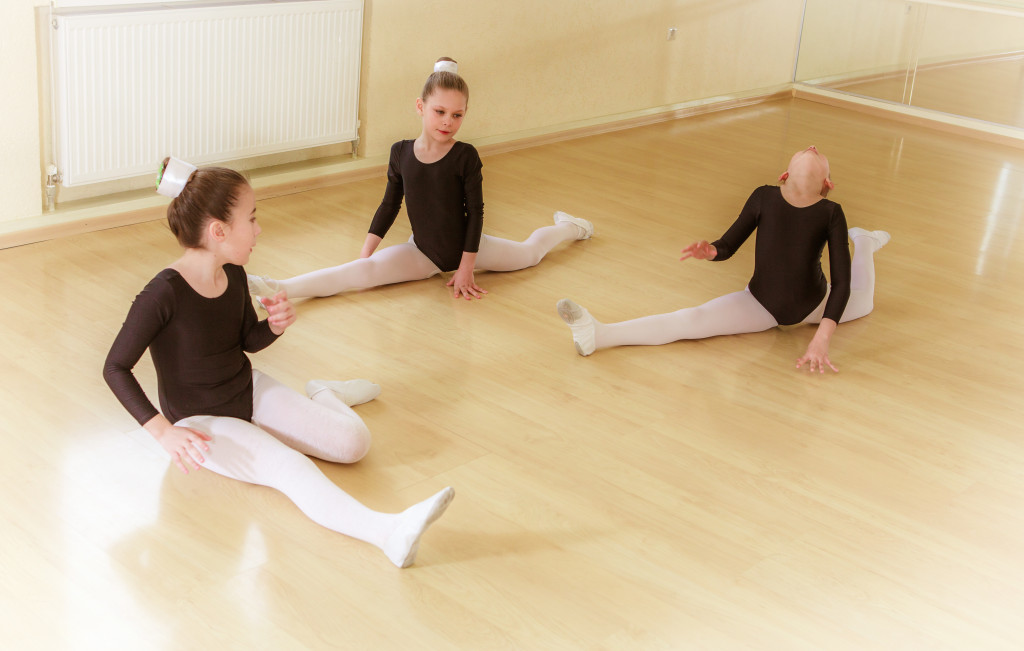Most students participate in at least one extracurricular activity during their free time. Sporting activities, arts and crafts, special-interest organizations, and electronics are just a few extracurricular activities that kids and teenagers can participate in outside of the regular school day.
Because of the money and effort required to participate in extracurricular activities, many parents question if they’re worthwhile. Enrichment activities outside of the school have been shown to improve students’ social and intellectual abilities. Fortunately, today’s youngsters have more options than ever to pursue a passion that can lead to a successful career.
Sports
Sports is often the option that American kids choose for extracurricular activities.
Children as young as toddlers and preschoolers often take advantage of sports programs such as soccer camps, ice skating lessons, and swimming classes. Children as young as six years old can participate in a wide range of recreational sports at their local leisure departments. Many children can play on a competitive club team or join a primary or high school squad when they graduate from youth leagues.
There’s an increasing variety of different physical exercise programs for children who don’t appear to like or succeed in popular sports such as those mentioned. Inquire about rock climbing, BMX biking, skiing, golf, or martial arts clinics and groups in your region from your kid’s PE instructor or town leisure department. Engagement in community and school sports fosters a spirit of togetherness and camaraderie among kids and their parents.
Dance
It’s no secret that kids are inherently vivacious and averse to sitting still. Even though most parents enlist their daughters in dancing courses, there is no reason why boys can’t join in the fun. Aside from giving boys a sense of self-worth, it will help them learn how to handle ladies respectably. Both girls and boys can benefit from learning how to dance. Tap dancing, ballet, and hip-hop are only a few of the various forms of dance.
Even in the world of dance, there are several options that your kid is bound to discover a style that they enjoy. Traditional folk dances might be their preference, but they might also wish to study hip-hop or interpretative dance. If your kid is interested in classical dancing, this is a great way to teach them about various cultures. If you want to help your child grow physically and cognitively, consider enrolling them in dancing classes.

Performing Arts
You can find extracurricular activities such as dance and theater in nearly every town. Students can participate in drama classes and other productions by signing up or auditioning. Stagecraft-loving but non-performing students can assist in the construction of costumes and props.
As adults, some youngsters who succeed in the art can continue becoming professional comedians, actors/actresses, or other performers. Performing arts gives kids the chance to gain self-confidence, create new connections, and join local theater or other clubs.
Learning a Second Language
Kids will have an easier time adopting a secondary (or third) tongue if they begin early. This is a talent that will serve them well in many aspects of their life. In addition to the practical advantages, children fluent in more than one language appreciate other people’s cultures.
One often-overlooked benefit of multilingualism is how it helps one’s proficiency and understanding in one’s mother tongue. This is because learning grammatical rules is nothing more than memorization without any benchmark against which to assess their progress. It is significantly simpler to learn two languages when there is a reference point in a primary language.
Scouting
Scouting is a terrific option for youngsters who appreciate the outdoors and are open to trying new things. Classes teach fundamental wilderness survival skills to Scouts, but they also require additional skills in cooking, housekeeping, arts, and financial management for extra badges.
Scouting no longer follows conventional gender stereotypes; hence there are no longer separate Girl Scout and Boy Scout groups. The Boy Scouts of America are now known as Scouts BSA, and they are open to both boys and girls.
The Scout organization now considers transgender youth and specifies that if the community, school, and family acknowledge the child as a female and sees themselves as a girl, then the Scouts club will serve her in an environment that is both physically and emotionally safe for her participation.
Final Thoughts
You can think of extracurricular activities as a long-term investment for your kid’s education and well-being. With the aid of cooperation and problem-solving exercises, you can educate your kids on how to effectively manage their time when they reach adulthood by encouraging them to pursue hobbies outside of the classroom.
